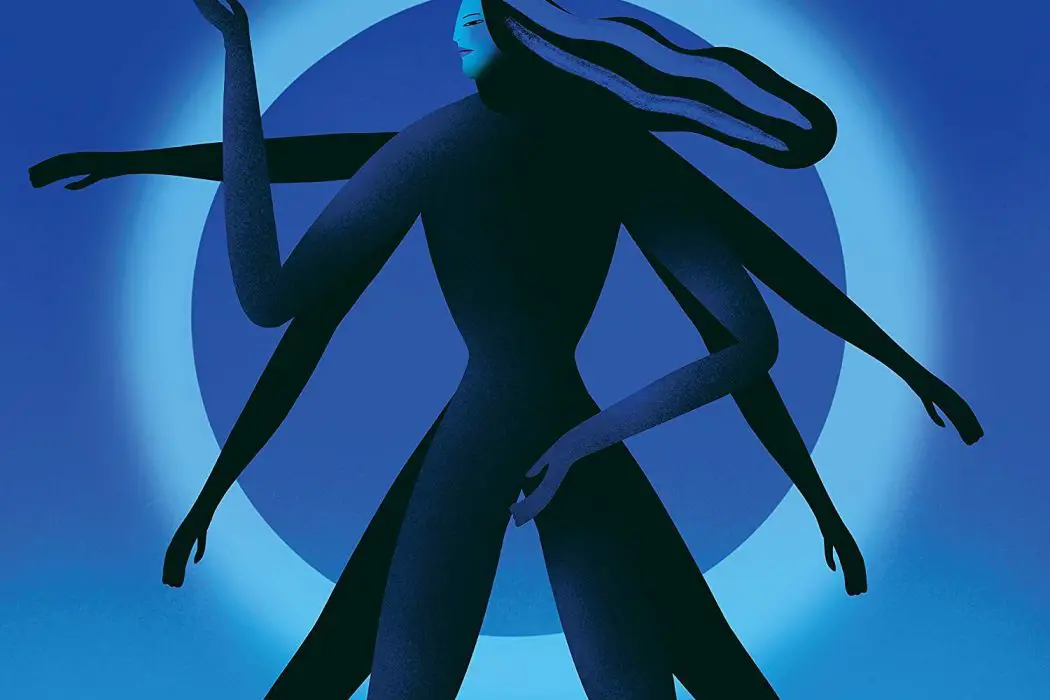Punk rock troubadour Frank Turner dedicates his 8th studio album ‘No Man’s Land’ to highlighting narratives of women from the historical canon who have gone largely understated and overlooked.
by guest writer Matthew Gose
Stream: ‘No Man’s Land’ – Frank Turner
Punk rock troubadour Frank Turner returned at the end of 2019 with an ambitious concept album, No Man’s Land. In his eighth studio album, Turner dedicates the whole of thirteen tracks to highlighting narratives of women from the historical canon who have gone largely understated and overlooked. The album utilizes centuries’ old folk storytelling tradition to make a significant, if somewhat subdued feminist artistic statement. “Music and history are my two main passions,” Turner said in a video posted on his YouTube channel. “While they’ve overlapped a tiny bit in the past,” he continues, “to actually sit down and try to write a suite of history songs felt holistic for me.” The album was originally released over a series of weeks in conjunction with a supplementary podcast, “Tales from No Man’s Land,” with each episode diving deeper into the lives and stories of the women featured in each track.

The album’s greatest strength is the vitality of its meta-concept. For a male artist to devote an entire record to champion women of great social and cultural import seems a fitting address to the current culture moment. In many ways, the record exemplifies true advocacy – using one’s own stature and privilege to give space and amplification for the voices of the oppressed. By and large, the aspirations pay off. While it is in fact Turner himself singing and performing the songs, the content of the music is solely the women — their stories, their accomplishments, their struggles.
The concept runs deeper than mere lyrics as well, bleeding into the very production and performance of the album. For producer, Turner chose Catherine Marks, who has worked with an array of incredible artists from Manchester Orchestra, to The Killers, to the Local Natives, and many more. Turner also opted to use a group of all female session musicians instead of his usual band The Sleeping Souls – who have played on every Turner album since 2009’s Poetry of the Deed. The record is packed with talent – such as Andrea Goldsworthy, bassist for Paloma Faith, and Holly Madge, a phenomenal drummer whose work can be heard in film scores like The Lion King and Mission: Impossible Fallout.

As a whole, the record doesn’t stray too far from the edgy folk-punk style for which Turner is most famous. Where the album truly shines, however, are on tracks where the musical style excentuates the themes Turner presents in the narratives of the lyrics. On the album’s fourth track “Nica,” Turner’s vocals skate over bouncing jazz guitar while the drums shuffle subtly underneath. The track presents a slight sonic departure from Turner’s typical offerings. In allowing space for such a departure, however, Turner better reflects the heart of the song’s subject Pannonica de Koenigswarter, a jazz pianist and writer often called “The Baroness of Jazz,” for her early patronage of bebop jazz pioneers like Charlie Parker and Thelonious Monk.
The song “The Hymn of Kassiani” presents another beautiful example of perfectly blending narrative, history, and style. Turner utilizes a stripped production style, traditional folk instrumentation – such as violin, and melodic modes typical of the Byzantine era. The creative approach results in an artfully assembled hymn reflecting the voice and style of the song’s subject, first century Eastern Roman poet, composer, and hymnographer Kassiani.
The album’s final track “Rosemary Jane” is easily the album’s most moving song. In this intimate and dynamic track, Turner sings about his own mother and her struggles to raise her children as a single mother. The music acts as a cinematic score, immersing the listener in the unfolding story that starts as a small picture of domestic struggle then rockets the subject to angelic heights in the song’s climax.
While many of the album’s tracks perfectly blend historical lyricism with stylistic arrangements, others miss the mark entirely. “Sister Rosetta” illustrates these short comings. The track about the well-known “Godmother of Rock and Roll” lacks any semblance of Sister Rosetta’s fingerprints. Here, Turner falls into the great writing faux pas of telling instead of showing. We know that Sister Rosetta sang with grit, soul, and ferocity not because we hear any of it in the track’s production, but because Turner simply tells us in the lyrics.
Another example, a song called “Silent Key,” illustrates some of the album’s more tenuous elements. On one hand, the song is among of the most melodically and musically dynamic tracks on the record. On the other hand, some of the verses are so clumsily constructed that it pulls the listener right out of the experience. In fact, one prominent repeat offender on the album is Turner’s at times abysmal attempt to match narrative elements with the restricting limits of measures. Regularly, Turner is forced to stretch single lines over multiple bars, or else having to cram a mouthful of syllables into a single measure, creating a clunky feel that can sometimes be very distracting.
While No Man’s Land is not without its flaws, as a whole the endeavor deserves applause.
Turner’s daring use of his artistic medium to produce a work that is far more than just another self-aggrandizing pop record seems worthy of recognition. Furthermore, what deserves the spotlight more than anything else are the stories of the women themselves, which of course is the entire point of the record. With that in mind, while the record may not be Turner’s strongest musical statement to date, the heart and aspiration of the concept alone is a strong enough reason to support the project.

Overall, Frank Turner’s main objective was not to highlight himself, but to create an avenue of discovery and conversation surrounding some of history’s most significant, but frequently forgotten female figures. As Turner himself said in a blog post on his website, “These are stories that have not and are not being told right now, and I think they deserve to be.”
— —
Matt Gose loves stories, great songs, driving windows-down along the coastal highways of North County San Diego, and his incredible wife, Alexandra. In 2011, he graduated from Point Loma Nazarene University with a BA in Literature and currently works in San Diego County as a freelance writer and substitute teacher. When he’s not writing, he’s playing his guitar named sunny, reading, spending time outdoors, or otherwise on the lookout for adventure. His favorite author in Ken Kesey. His favorite song is “You Still Believe in Me,” by The Beach Boys. His favorite movie is Almost Famous (duh). And his favorite food is tacos de lengua. Catch him on Twitter @thegosewriter, Instagram @gosewriter, and on the web at www.gosewriter.com
— —
:: stream/purchase No Man’s Land here ::
— — — —

Connect to Frank Turner on
Facebook, Twitter, Instagram
Discover new music on Atwood Magazine
? © Frank Turner 2020
No Man’s Land
an album by Frank Turner








